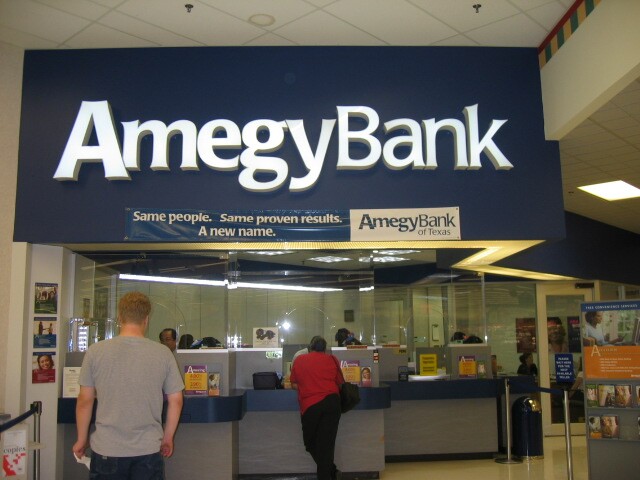Twitter wasn’t around in 1982 when Detroit Bank & Trust was rebranded as Comerica, but if it had been, would Michiganders have used the social media platform to poke fun at the name in much the same way Americans did last week to mock
The new moniker, of course, is Truist Bank, and like Comerica, Truist is a made-up word meant to herald in a new era.
Detroit Bank & Trust had designs on expanding well outside of Michigan and needed a name that was not so geographically limiting. BB&T and SunTrust are rebranding because they are billing their combination as a true merger of equals and keeping one name over the other could potentially undermine that message.
The overwhelming reaction on social media, however, was that the name Truist — a mash-up of "trust" and "true" — sounds forced and that the merging companies would have been better off choosing a name that is an actual, you know, word.
On Twitter, a typical comment went something like, “I’m no branding expert, but that is the ‘worstest’ thing they could come up with.”
Still, the name may seem clunky and unpronounceable now, but history shows, that at some point, people will get used to it and perhaps even embrace it, just like they have Comerica, Synovus and other synthetic names that didn't exactly roll off the tongue at first. Verizon is a made-up word — created in 2000 when Bell Atlantic and GTE merged — and it’s one of the world’s most valuable brands.
The financial blogger Julian Hebron made a great point when he wrote that people might actually
Here are some examples of other banks that rebranded with not so conventional names.










